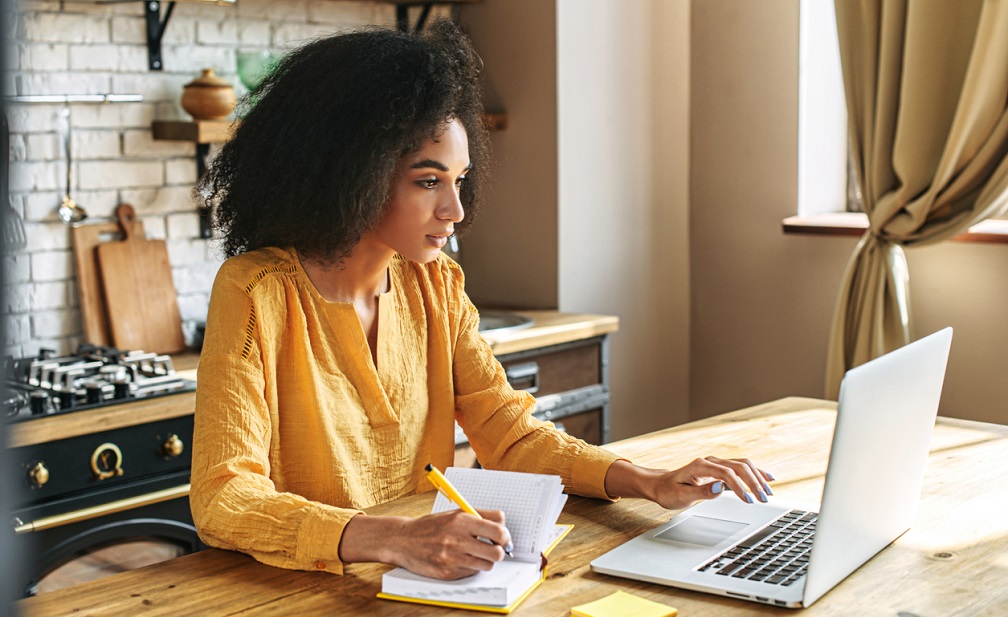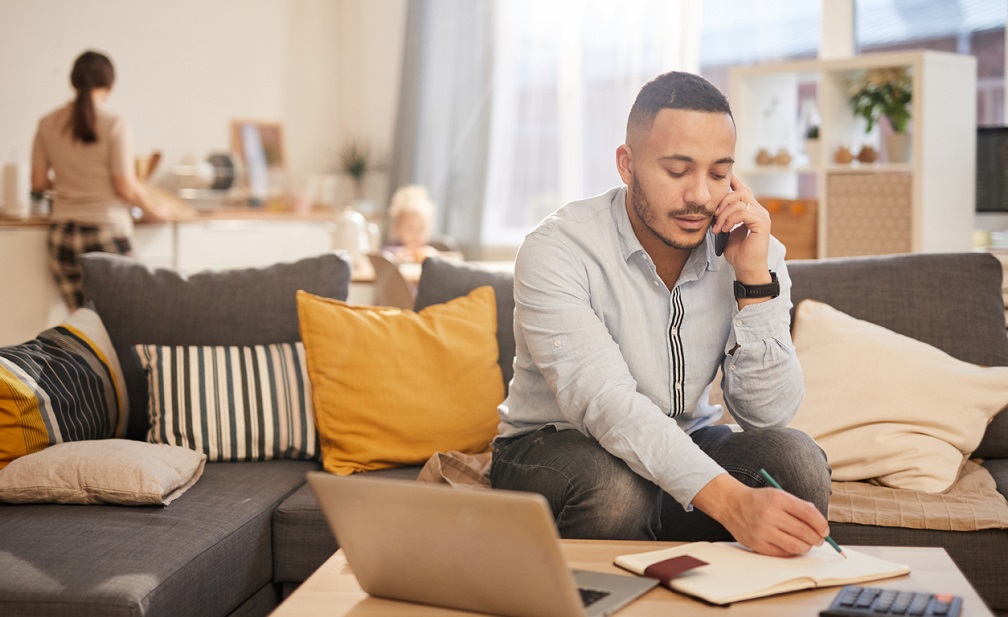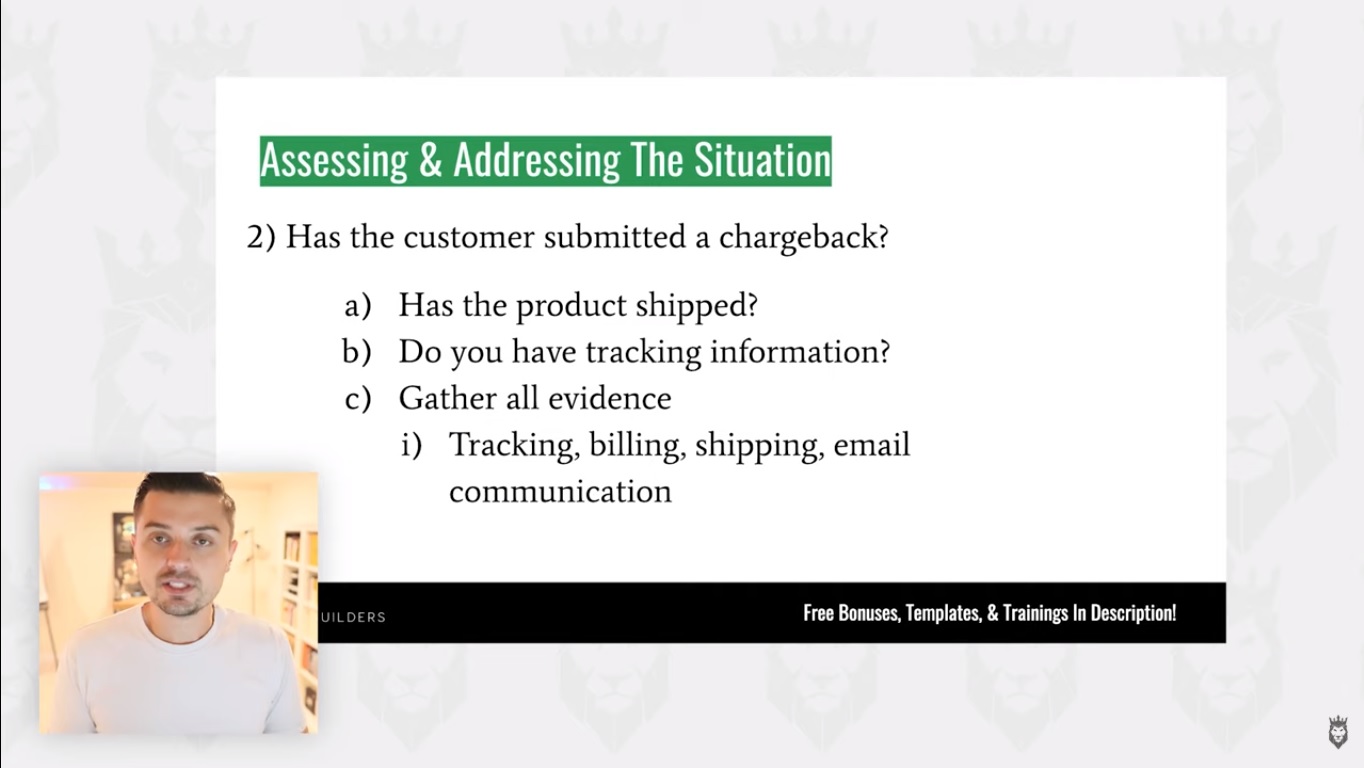Welcome back, Empire Builders! If you have a Shopify or sales funnel dropshipping store, but you’re struggling to make it profitable, then you’re in luck. That’s the topic we’ll be covering today. I asked my Lead Client Success Manager, Steve, to share some insights with you guys, and he was kind enough to agree to share these simple eCommerce hacks.
He made a video taking you behind the scenes, not only to show you why so many businesses are struggling to make a profit but, more importantly, how you can overcome these issues. This article will cover some highlights of his presentation, but make sure to watch the video to get the full scoop. Let’s jump right in!
The 3 Keys to Increased Profitability
It’s important to evaluate your core business practices to make your dropshipping business more profitable. To do this, there are three key points we’re going to cover:
- Understanding Your Gross Margin
- Knowing Your Key Performance Indicators (KPIs)
- Funnel and Ad Optimization
Let’s dig into each of them individually and talk about simple eCommerce hacks to become more profitable.
1. Understanding Your Gross Margin

Basically, your gross margin is just the revenue from your total sales minus your cost of goods sold (COGS). For example, if you make $30 selling a product that costs you $7.50, your gross margin would be $22.50. From that, you can calculate your gross margin percentage.
Your gross margin percentage describes the percentage of your revenue that’s made up only of profit. To calculate that, you just divide your gross margin, $22.50, by the sales revenue, $30, which gives you 0.75 or 75%. The higher your gross margin is, the more profit you’re making. Higher profits make your business more competitive.
It’s important not to mix up your gross margin and your net margin. Remember, your gross margin is just revenue minus cost. It doesn’t account for other business expenses like payroll or ads. Those things would factor into your net margin, which we won’t be covering today.
2. Knowing Your Key Performance Indicators (KPIs)
Key performance indicators (KPIs) are important metrics for understanding how your business is doing. One of the most vital eCommerce KPIs is how much you can afford to pay to acquire a customer, like the amount you could afford to spend on Facebook ads to get a sale, for example.
The reason this is so important is that whoever can afford to spend more on customer acquisition will win more auctions, get more views, and ultimately, make more sales. So, the more you can afford to raise your customer acquisition cost, the faster you can scale your business.
To calculate this, subtract your average COGS from your average order value (AOV). This will be a pretty accurate measure of the upfront ad costs you can afford to acquire a customer. Your AOV only includes the average value of initial orders, not including subscriptions or other subsequent purchases. Further down the line as your business grows, you’ll calculate your customer lifetime value (LTV) which will include those things.
3. Funnel and Ad Optimization

Optimizing your ads is also a critical factor if you’re going to make your dropshipping business more profitable. To do this, you’ll want to start by testing the creative of your Facebook ads. There are different types of creative, including things like showing products in use, user-generated content, and product reviews.
The next important thing to test is the first three seconds of the ad. If you don’t hook the customer in those first few seconds, they’ll likely just keep scrolling. That’s how long you have to get their attention to have any chance at a sale. Keep testing until you find a hook that works.
After that, test out your images or thumbnails. How well the images work will depend on the product and the audience. Some products can do really well with just static images. Other product ads will need a video to really work, though, so test different images, videos, and thumbnails to find out.
The following thing you should optimize is your sales angle. How you style your offer is important and will change how effective the ad is. Common tactics include discounts, BOGO sales, and free shipping. Test them all thoroughly to make sure you’re getting the best results.
Finally, test the audiences for the ads. I recommend testing 20-30. Once your ads are optimized, you’ll also want to optimize your funnel. There are two main things to test here. First, test your hero image. I prefer a lifestyle image of the product in use. Then, test out different headline types.
Get Started Incorporating These Simple eCommerce Hacks
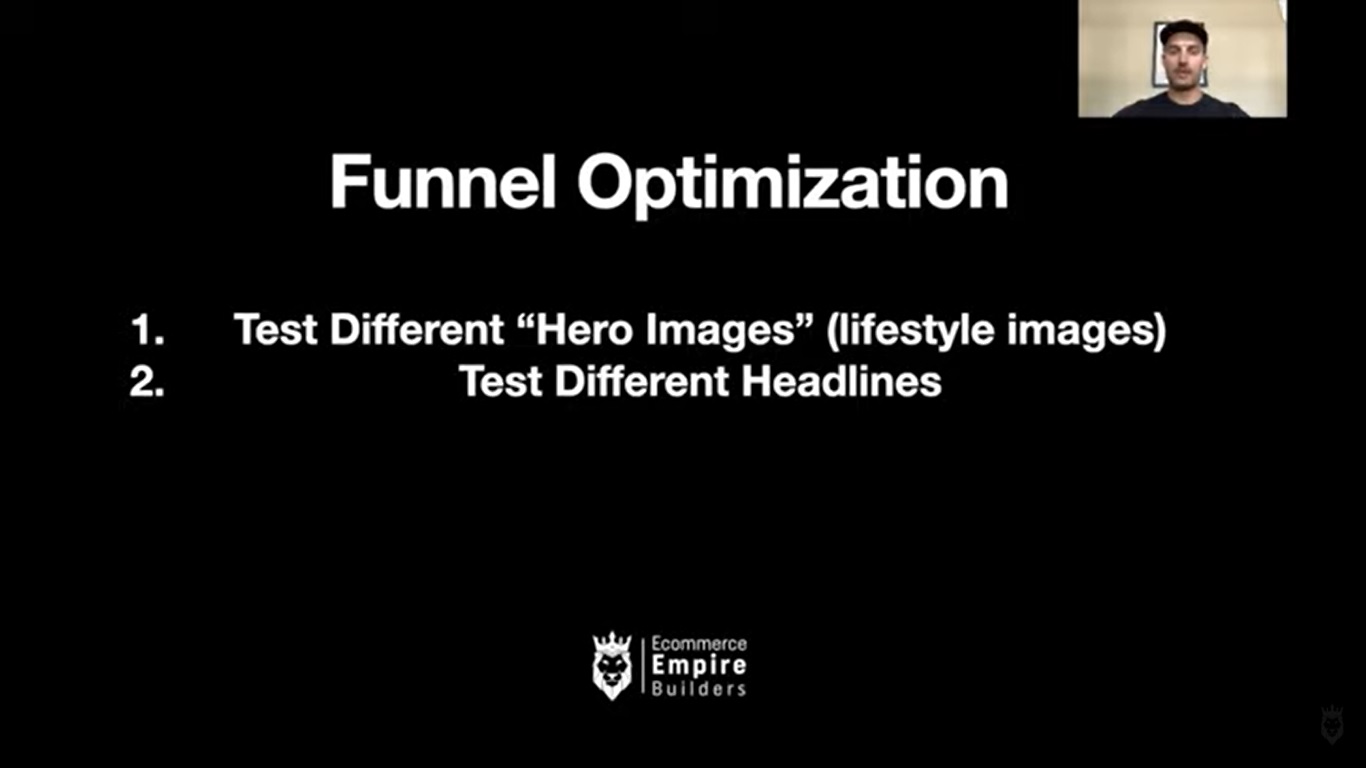
Assessing these things is important because you have to stay on top of how the business is doing. When dropshipping businesses don’t know their gross margin or the customer acquisition cost they can afford, there’s no way to know if they’re making money or spending the right amount. Some businesses don’t check these consistently and suddenly realize they’re losing a lot of money. If you can keep up with them, it’s a very profitable habit.
Once you know what you can afford to spend on ads, you have to optimize them. There’s no use spending money on ads that don’t work. The same goes for your funnel. If you’re creating effective ads that get clicks, the money is still wasted if they leave as soon as they hit your funnel landing page. But if you keep on top of these profitability keys and ensure everything’s working together, you’ll get the most out of your business and start increasing profits.
If you follow Steve’s simple eCommerce hacks, it should really help you make your business more profitable. I hope you enjoyed this article and get a lot out of it. If you’d like to take the next step down the road to making your business a success, check out my FREE webinar to learn about how I started making a full-time income online without needing to build a website or touch a product! Also, subscribe to my YouTube channel for even more simple eCommerce hacks and insights.
